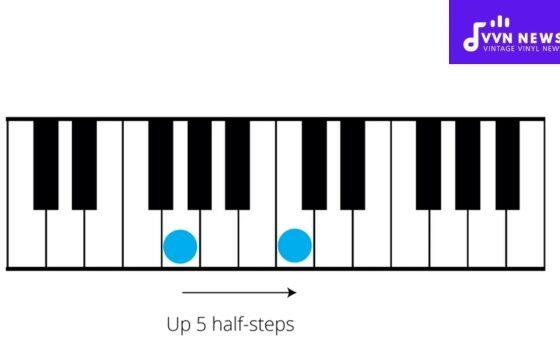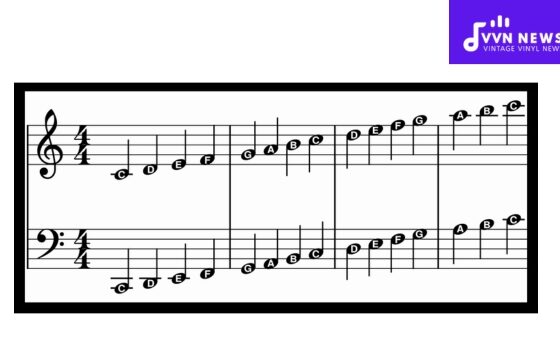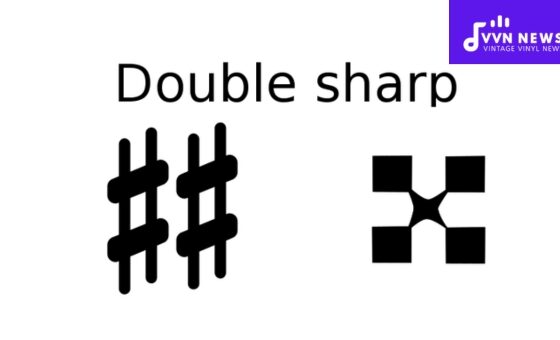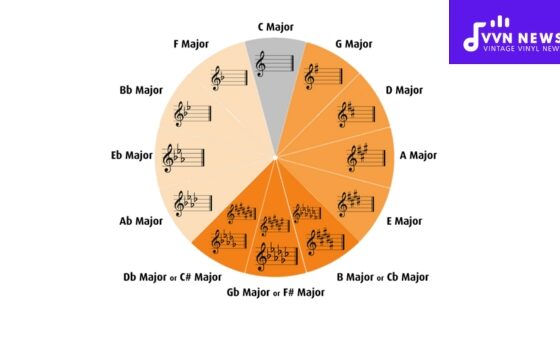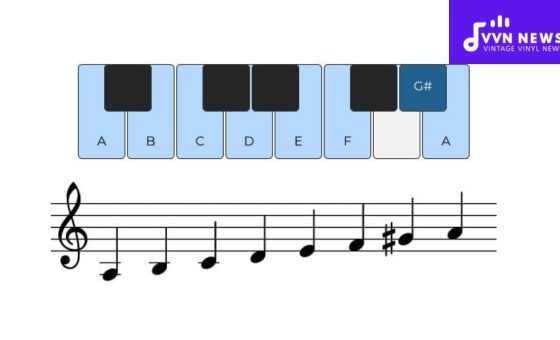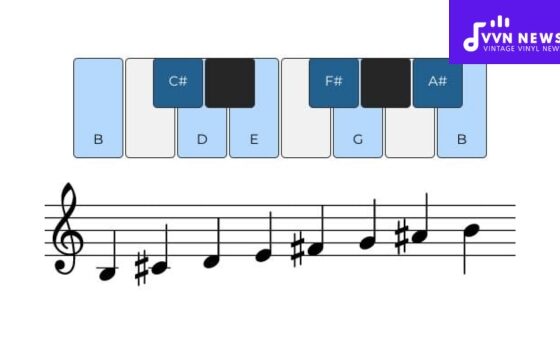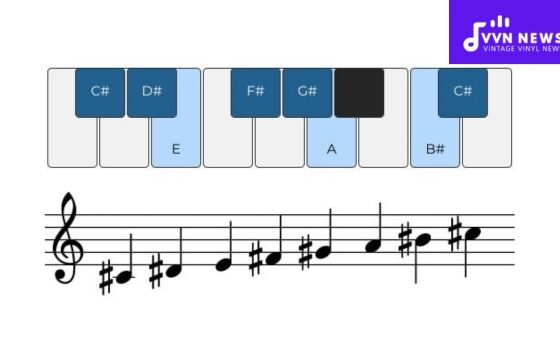As musicians and music enthusiasts venture through the landscape of sound, the significance of every pitch and tone cannot be overstated.
Among these is the D sharp music note, a pitch that can often be found nestled within a complex piece or even standing alone as a pivotal sound in a catchy melody.
The D sharp music note is more than just a spot on the scale; it’s a bridge between keys and a catalyst for harmony.
Whether you’re playing piano, strumming a guitar, or composing digital tunes, grasping the nuances of D sharp can add depth to your musical creations.
As we unpack what makes this note distinct, we’ll see just how it fits into the broader spectrum of musical storytelling and why it’s essential for crafting those unforgettable sounds that resonate beyond mere notation.
How do you identify a D Sharp note on the staff?
Identifying a D sharp note on the staff is quite straightforward, especially if you’re familiar with musical notation.
It is denoted by a note placed on the fourth line of the treble clef staff, with a sharp sign (♯) placed before it.
This is one semitone higher than D natural and it’s equivalent to an E flat (E♭), however, context within a key signature can influence whether you would label it as D♯ or E♭.
In written music, it is crucial to spot that sharp symbol: it’s what differentiates the D natural from its sharper cousin—the delicate and precise D sharp.
D Sharp Note on the Piano and Keyboard
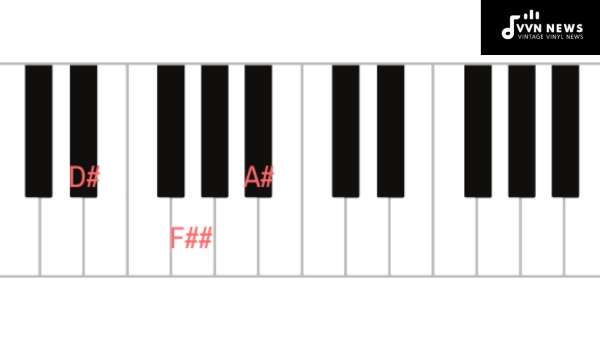
To locate a D sharp (D#) on the piano or keyboard, find the black key that lies to the right of a white D key; this is D#.
Represented as an enharmonic equivalent to E flat (E♭), meaning both notes share the same key but have different names based on context.
An important detail to note is that this applies to all octaves across the instrument. On an 88-key piano, for example, D# occurs multiple times, providing a range of pitches with the same tonal quality.
Recognizing this half-step elevation from natural D enhances flexibility in playing various musical genres, due to its frequency in chromatic scales and intricate chord structures.
Also Read: 25 Best Dynamic Microphones For Vocals & More In 2024
What Accidentals Can Be Applied to a D Sharp Note?
In the realm of music theory, accidentals are essential symbols used to modify the pitch of a note.
When we consider a D sharp, it presents an intriguing case; because it is already raised by a semitone (sharp), its accidentals become less straightforward compared to natural notes.
Essentially, you have two accidental options for D sharp:
- Double Sharp (????): While it might seem unusual, a D sharp can be raised even further by applying a double sharp. This raises the note another semitone, effectively turning it into what sounds like an E natural. But why use it? The double sharp on a D sharp occurs mostly in theoretical contexts or when maintaining the structure of certain scales or chords within a piece.
- Natural Sign (♮): The other accidental that can affect D sharp is the natural sign. When placed before a D♯, it effectively cancels the sharp and brings the note back down to D natural.
It’s important to remember that in an enharmonic context—a scenario where two different notations represent the same sound—D♯ could also be referred to as E♭ (E flat). Therefore, if you were to see an E flat with a flat (♭) cancellation (a natural sign), you would again arrive at the same pitch as D natural.
While options for accidentals on a D sharp are limited and somewhat less common, understanding them ensures clarity and precision in musical notation and comprehension.
Also Read: 25 Best Condenser Microphones For Pro & Home Studios In 2024
How is a D Sharp Note Displayed in Different Clefs?
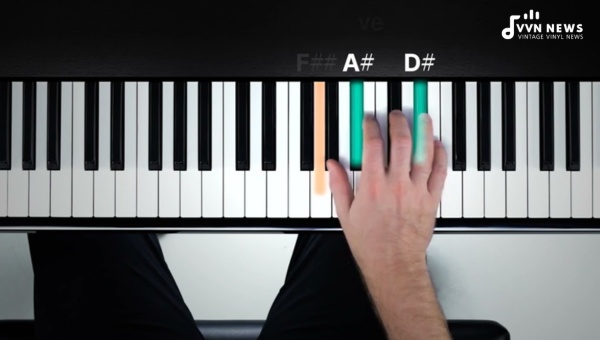
When venturing into the realm of music theory and notation, understanding how a specific note like D sharp is represented across various clefs becomes fundamental.
Each clef signifies a different range on the musical staff, shifting where notes are placed.
Let’s explore how this particular note appears in several common clefs used in music composition and performance.
Treble Clef
In the treble clef, also known as the G clef, a D sharp is typically found on the fourth line from the bottom of the staff.
It’s visually identified by a sharp symbol (♯) placed on the said line, directly before the note head.
In terms of its position on keyboard instruments, it’s one semitone above middle C.
Bass Clef
For those reading bass clef, which is predominantly used for lower-pitched instruments like bass guitars and cellos, you’ll spot a D sharp on the third space from the top of the staff.
Just as in treble clef, it’s distinguished by that defining sharp symbol sitting snugly before it.
Alto Clef
The alto clef, often employed for viola music, positions its notes uniquely. Here you will discover D sharp residing on the topmost space of the staff.
The alto clef centers around middle C which makes this placement quite logical for violists to read.
Tenor Clef
Moving higher up, we have the tenor clef—similar to alto but slightly higher in range.
In this domain, D sharp materializes just beneath the staff; though outside of actual lines and spaces, it requires its own ledger line with—of course—a telltale sharp sign preceding it.
Mezzo-Soprano Clef
Used less frequently is the mezzo-soprano clef, which has D sharp appearing on the second highest line within the five-line stave framework.
Its utility can occasionally be seen within vocal music scores designed for that specific voice type.
Soprano Clef
For those sizing up scores notated with soprano clefs, your detective eye will catch D sharp flirting with visibility precisely on the center space of this unusual stave—truly a rarity for modern notation but an intriguing piece of our musical history nonetheless.
Also Read: 18 Best Cheap Microphones In 2024 [Quality Sound On A Budget]
Baritone Clef
Lastly, there’s the baritone clef—akin to tenor yet tuned towards even lower vocal registers.
A keen observer will notice our dear D sharp lounging confidently above the top line equipped with its mandatory presage—the intrepid #:
Whether developing compositional skills or enhancing sight-reading prowess—the knowledge of how different clefs present a shared note like D sharp proves invaluable in any musician’s toolkit.
What Scales Start with the Note D Sharp?
When embarking on the musical journey through scales that start with D sharp, it’s instrumental to recognize its placement as more than just a starting point but rather as a foundational pillar in the construction of various scales.
The D Sharp Major Scale
Firstly, let’s consider the D Sharp Major scale. It encompasses a series of sharp notes and has an identical set of pitches to E Flat Major due to enharmonic equivalence.
A performer would play this scale by beginning with D# and proceeding through a specific sequence: E#, Fx (double sharp), G#, A#, B#, Cx (double sharp), and concluding on the higher D#.
While it is theoretically correct, musicians often opt for the E Flat Major scale in practice to avoid dealing with double sharps.
The D Sharp Minor Scale
Similarly, we delve into the melancholic counterpart—the D Sharp Minor scale, which offers two variations: Natural Minor and Harmonic Minor.
Both scales commence with a D# note; however, they diverge in their pattern of intervals midway through:
- D Sharp Natural Minor: Proceeds as D#, E#, F#, G#, A#, B, C#
- D Sharp Harmonic Minor: Alters one note compared to natural minor to arrive at these pitches: D#, E#, F#, G#, A# B, Cx
For both variations, it’s also common for musicians to opt for E Flat Minor representations due to readability and ease of performance.
Musical Modes from D Sharp
When we speak of modes in music, we delve into the realms beyond the standard major and minor scales.
These modes offer a variety of tonal landscapes that can begin on any note, including D sharp.
Let’s explore which modes are based on a D sharp starting note and how this knowledge can enhance your understanding of music theory.
Also Read: 14 Best Vocal Microphones [Upgrade Your Singing Gear In 2024]
The Seven Modes
At the foundation, seven modes can be derived from the scale of D sharp. Each mode starts on D sharp and follows a unique sequence of whole and half steps.
1. D# Ionian (Major Scale):
- This is essentially the D# Major scale. It’s characterized by a bright and stable sound that provides a sense of resolution or home.
2. D# Dorian:
- Starting on D#, the Dorian mode resembles a natural minor scale but with a raised sixth. The result is a jazzy, minor tonality with an optimistic twist.
3. D# Phrygian:
- The Phrygian mode has an exotic flair to it, defined by its semitone interval between the first two notes, D# to E# (F).
4. D# Lydian:
- With a raised fourth degree, the Lydian mode based on D# feels ethereal and dreamy, a favorite for invoking a sense of wonder.
5. D# Mixolydian:
- Similar to a major scale but with a lowered seventh, this mode imparts a bluesy or folksy character to music starting on D sharp.
6. D# Aeolian (Natural Minor Scale):
- The Aeolian mode is another term for the natural minor scale, imbuing your piece with classic minor key melancholy when rooted in D sharp.
7. D# Locrian:
- Characterized by its diminished fifth interval from the root note, this mode creates an unstable or tense sound that craves resolution.
What Frequency Does a D Sharp Note Have?
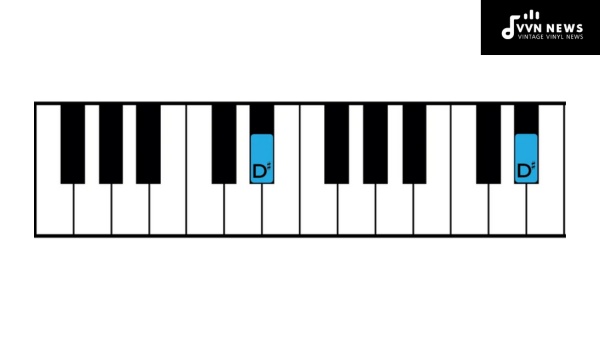
The D sharp note (E♭ in enharmonic terms) typically resonates at a frequency of 622.25 Hz in the standard concert pitch, where A4 equals 440 Hz.
This frequency pertains to the D sharp above middle C (often noted as D♯4/E♭4) on the piano and can be crucial in tuning instruments and calibrating digital audio workstations.
Frequencies double with each ascending octave, so the D sharp one octave above (D♯5/E♭5) vibrates at 1244.5 Hz, illustrating the uniform nature of pitch progression across octaves.
Recognizing these frequencies helps you fine-tune instruments and ensures that your musical endeavors stay harmonically balanced within any ensemble or solo performance.
Also Read: Microphone Pickup Patterns [Master Your Audio Recording Skills]
FAQs: Understanding D Sharp Music Note
How do I know if a D Sharp is enharmonically equivalent to another note?
D Sharp is enharmonically equivalent to E Flat. They sound the same but are written differently based on the musical context.
Can I find the D Sharp note on all musical instruments?
Most instruments capable of playing chromatic pitches can play a D Sharp, although the method of producing it may vary.
Is there a difference between D# Major and E Flat Major?
No, there’s no audible difference; they are enharmonically identical, with D# Major being the less common notation.
What chord uses a D Sharp as its root note?
A D# Major chord uses the D Sharp note as its root and is spelled D#, G, A#.
Are there any common songs that feature the D Sharp note prominently?
Many songs use D Sharp; an example in popular music is “Rolling In The Deep” by Adele, where it appears in riffs and vocal lines.
Conclusion
The D sharp music note is a pivotal element in the fabric of musical harmony, offering a unique sonic texture to various compositions.
Whether you’re delving into different scales, exploring modes, or fine-tuning your instrument to the correct frequency, understanding this note is crucial for both novices and seasoned musicians.
Remember, each musical journey is enriched with every note comprehended and applied; allow D sharp to enhance yours.

